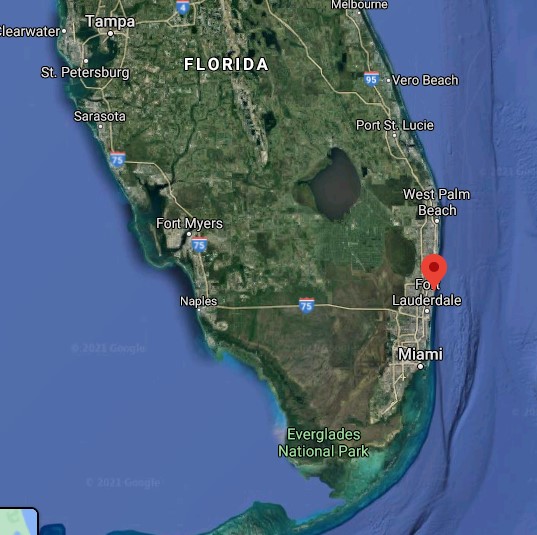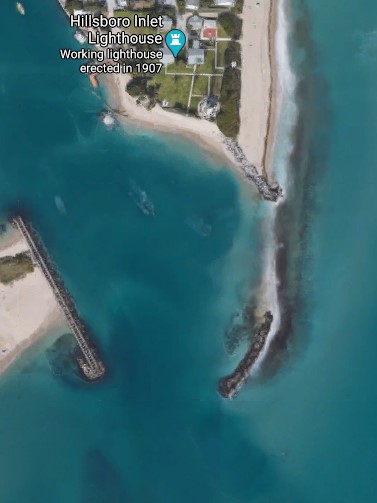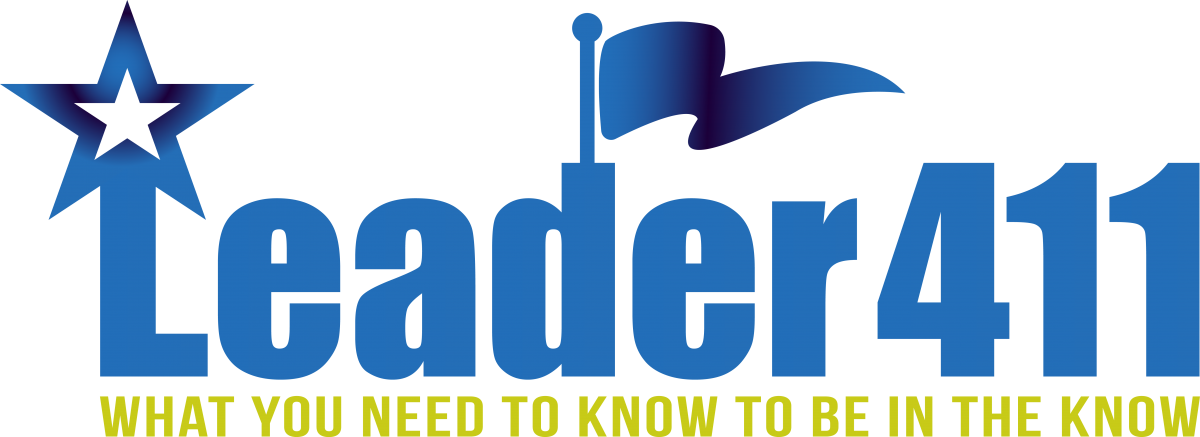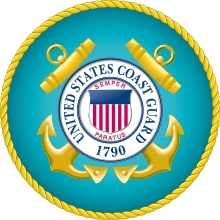(Model Teams is a collection of stories from around the world about people from all different backgrounds, races, religions, personalities, etc. putting down their differences and making great things happen. Great teams are making great things happen everywhere. We post them here to inspire and edu-tain. If you have any team stories to share, let us know in the comments or contact us).
Model Teams can be found all over the world. They’re found anywhere a group of people put aside their differences and make great things happens. The United States Coast Guard (USCG) is replete with young Americans looking to save lives. This is daring rescue story about the importance of training.
US Coast Guard Organization
Originally the US Coast Guard was created in 1790 with just 10 ships as a way to help enforce tariffs. Today, the USCG’s 42,000 men and women, 200+ ships (larger than 65 feet), 1600+ boats (smaller than 65 feet) and 200+ helicopters and fixed-winged aircraft stand “always ready” to fulfill many more roles than tariff enforcers:
- Search & Rescue
- Marine Environmental Protection
- Drug Interdiction
- Aids to Navigation
- Living Marine Resources
- Defense Readiness
- Port & Waterway Security
- Migrant Interdiction
- Marine Safety
- Ice Operations
- Law Enforcement
Model Team in Action

In the summer of 2000, a small team of three patrolled the waters near the Hillsboro Inlet north of Fort Lauderdale, Florida. It was late in the evening and it had been a long day. A storm was quickly approaching. The waves were increasing in size and power as the winds and rains blew inland. The crew was ready to head back and report when a call came over the radio. A stranded yacht had lost power just off the coast near the Hillsboro lighthouse. This was an incredibly dangerous situation.
The danger cannot be overstated. Lighthouses were created to provide a warning to sailors about rocks and shallow water. Typical waves off the coast of Fort Lauderdale are 3-4 feet high, easily navigable. During a storm, waves can be 15 – 30 ft (2-3 stories) high on a regular basis with a force measured in metric tonnes (1000 kg)(read about the force of waves here). The yacht was eventually pushed by the seas into the rock jetty on the north side of Hillsboro Inlet. The yacht was being forcefully slammed against the sharp jagged rocks. It was only a matter of time before the ship would be smashed and the lives lost. The team quickly sped to the rescue.

“When we arrived, there was already debris from the ship breaking. It was leaning against the rocks with each wave crashing against the starboard side (right side if looking at the bow or front of the ship). In such a situation, we couldn’t get as close as we’d like or we’d slam against their ship or the rocks ourselves, compounding the issue.”
Jon, a newly reported member of Coast Guard Station Ft. Lauderdale, jumped into the dark, stormy ocean and swam in the tumultuous waters for the shore in hopes he’d be able to board from the shore side.
“It was pitch black except for the light on our 41’ rescue boat. The yacht had no power and with the storm, there was no moon. We only had the crack of lightning, the light from our ship and our personal devices. Definitely a dangerous situation.”
After a rough swim, Jon arrived on shore, stumbling over the sharp rocks until he could get close enough to make contact with the passengers. They were a senior couple enjoying a leisurely crew when they lost power and fuel. Everyone was Ok at the moment, but they were unable to climb down the Jacobs ladder to the rocks below in such conditions. They would have to be airlifted from the yacht by a Coast Guard helicopter.
The Rescue
“In order for an aerial evacuation to happen, someone had to be on the boat to make sure the passengers were safely secured to the basket before they were lifted to the helo. By this point the ship was just about to start sinking. Time was very limited. We radioed for aerial rescue. Luckily the air station was only 30 miles away and could respond within a few minutes.”
Jon climbed up the Jacob Ladder aboard the swaying ship to find three terrified passengers and their dog. Waves had swelled so high that they were now crashing on deck with such force that standing upright was difficult. The sounds of boards breaking, lightning cracking and waves crashing made it difficult to communicate. Everyone was soaking wet and cold.
Jon assured them everything was alright and remained with them onboard until the helicopter arrived. One by one, each was loaded into the rescue basket and flown to safety. Once the final person had been evacuated, he realized he was left alone on a dark, quickly sinking ship.
“The Coast Guard has a policy to not be on sinking ships. It’s a good policy that I try to follow. The ship was taking on water. I had to jump, but I couldn’t see where to safely land. I couldn’t jump port side because the waves would slam me against the ship which meant I had to jump starboard side, the side with the jagged rocks. I couldn’t just jump down though. I had to jump far out because the boat was still smashing against the rocks and could slam against me if I landed too close.”
Jon leapt into the darkness.
He survived, though scraped and bruised. All survived the rescue.
Key Learning Points:
“The reason everyone survived was because of training. I had never met that helicopter pilot, but I had trained with him once a week. I knew he was going to be and how he needed me to operate for us to be successful. I knew how long it would take him to get to the ship. I trusted in his ability to operate in such weather. Because of that I could make my decision on how best to rescue the stranded passengers.”
Training is critical. When emergencies happen, panic arises most often from not knowing what to do. Those that are trained are more likely to rely on their muscle and emotional memory to take over. The small crew aboard the USCG boat knew exactly what to do in order to perform such a rescue. The helicopter pilot was in a dangerous situation as well, but knew how to operate because of training
Training also helps us make decisions. Like the small crew and the helicopter pilot, Jon and his team knew his aerial teammate would successfully perform his task because they had trained together. They trusted in each other’s performance. They had drilled weekly for moments like this so that when the time arrived, his crew didn’t hesitate make the call.
Often when training is discussed it is often regarding new employees or tasks, but training should be far more expansive than that. Train for difficult scenarios and include all parties in the training. Fortunately, daring rescues don’t happen often in the workplace, but various forms of conflict do. Train with your team what to do if they see harassment/bullying/negativity/theft/etc. Include HR and supervisors in the training so everyone can see what role each member plays in the resolution. Not only will it increase awareness for the lack of tolerance of such behavior, but it will also help facilitate a speedy resolution to difficult and often ignored situations.


